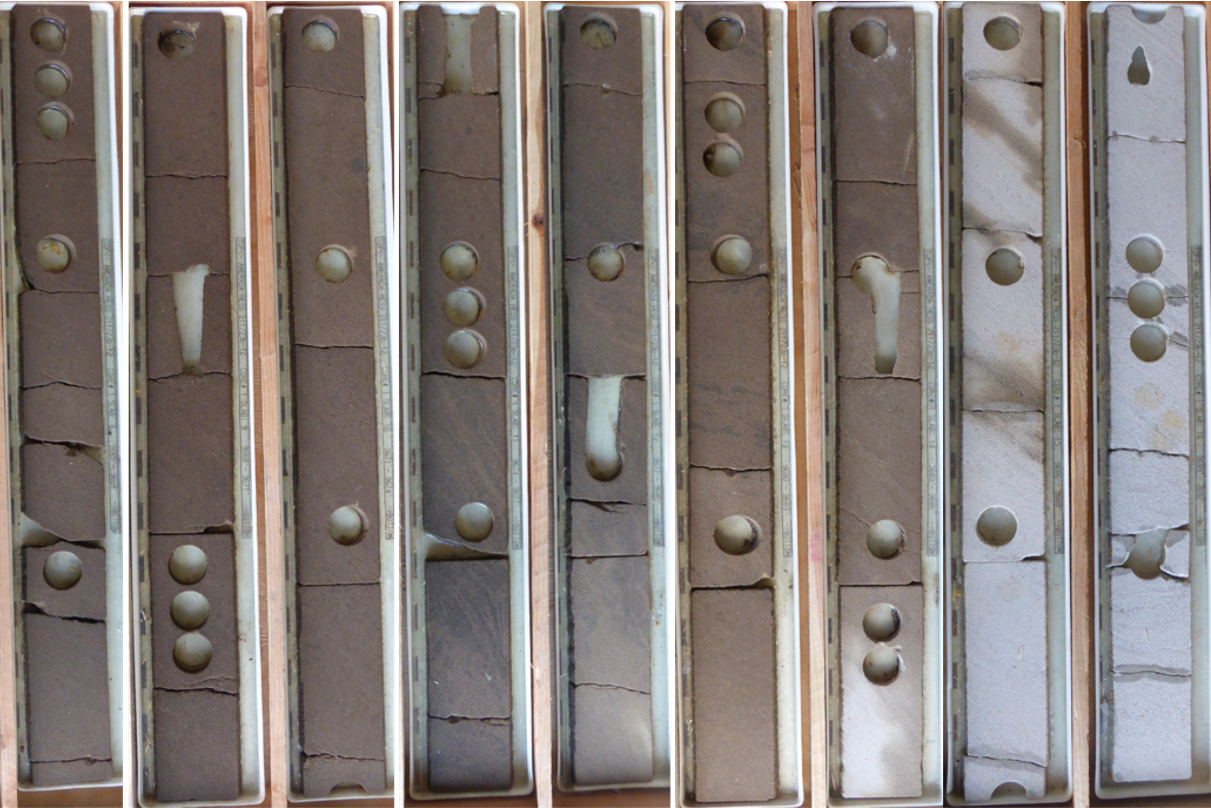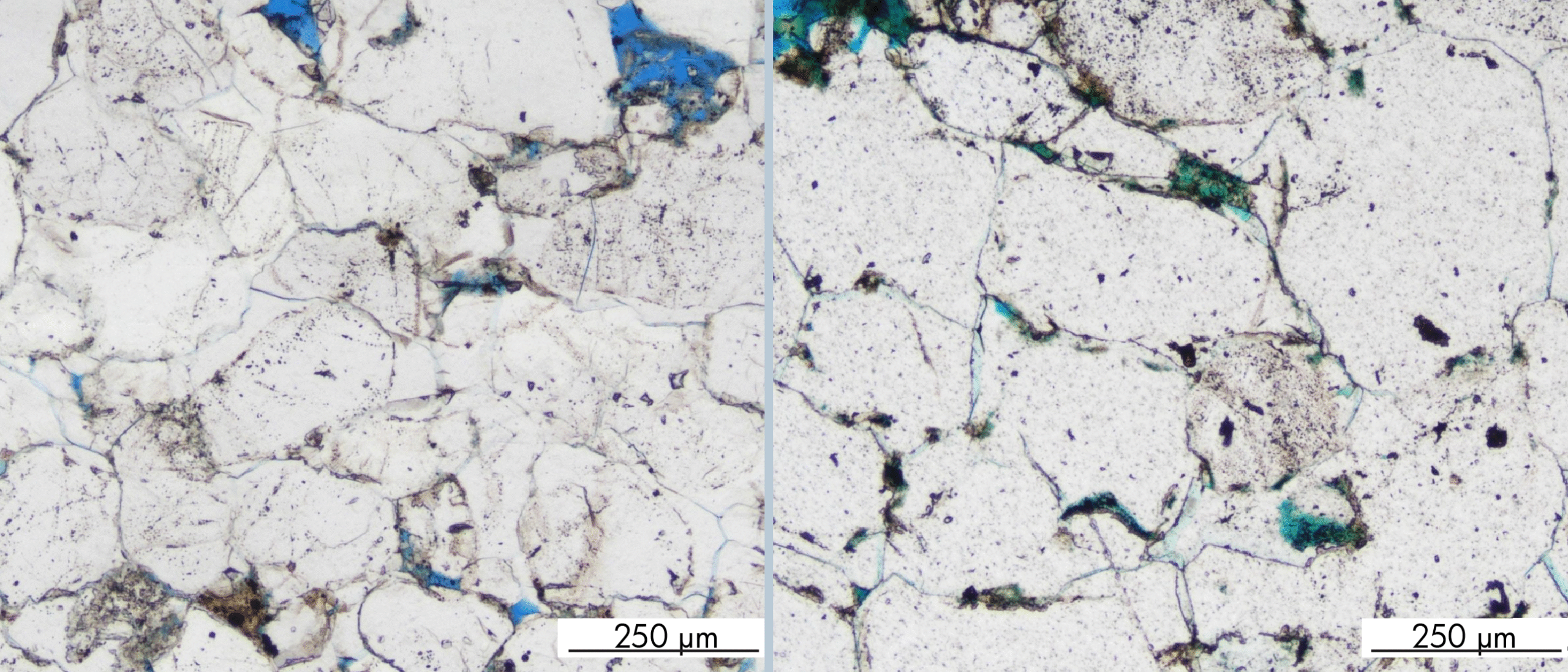Even in areas where decades of exploration may have resulted in a view that nothing more can be found, it is through “good old exploration work” that new incremental volumes can be added. And as Tom Dreyer clearly set out at the start of his talk at the Exploration Revived Conference last week: “In mature areas, we have to accept not to find volumes worth a new standalone development. However, that does not mean that a smaller volume is not worthy exploring for. These tie-ins are valuable in extending the life of an entire hub.”
“A 5 MMb find close to infrastructure is already worth tying-in and only 10 MMb is required a little further away.”
Dedicated and patient exploration pays off, as Dreyer illustrated using a creaming curve of the greater Fram area. The curve showed a typical hockey stick trend, clearly showing a rapid rise in discovered volumes over recent years in comparison to 20 years ago.
A weak trap will do
In a basin where hydrocarbon generation and migration are not the limiting factors, which is the case for the area north of Troll, hydrocarbon traps do not need to be very strong in order maintain a hydrocarbon column. “A bit of leakage should not be too much of a problem,” Dreyer suggested, “given that continued migration and fill makes up for that.” This is an interesting observation, which translates into a different exploration strategy.
For instance, in settings where hydrocarbon migration is limited or has even switched off, traps may only be tested on one side of a fault system (hoping for fault seal to exist), whilst in areas of a prolific migration traps on either side of fault systems may become attractive.
Learn about how companies are adapting to the new norm of infrastructure-led exploration through attending the Exploration Strategy Conference, 17-18 November 2021

Migration shadow
Even in an area such as west of Troll, old believes can still be successfully challenged and disproven. The Røver North discovery, announced early 2021, is a perfect example of this. As Dreyer explained, the Lomre Terrace had thus far been regarded as being in a migration shadow for oil that is being generated in the graben area further west. Migration towards Troll had always been thought to occur primarily through Oseberg and Brage in the west and via the Fram area in the east.
The discovery of oil in Røver North demonstrated that migration does indeed take place in the Lomre Terrace area as well. This is something that I did not correctly interpret when writing about the Røver North discovery at the moment it had just been announced; I did not realise that migration had been regarded as the main risk and thought trapping was the key uncertainty.
Variety in the Brent
From an exploration perspective, Dreyer also pointed out the importance of acknowledging spatial variation in the architecture of the Brent depositional system. Whilst the Osberg Formation is a real sweetspot in the area of the Røver North discovery, where the alluvial fans from the Troll area were preferentially deposited, the Rannoch Formation is missing completely. In other places the Ness Fm can be a waste zone, whilst significant channels form part of this upper delta system elsewhere.
In conclusion, there is room “good old exploration” in the North Sea. As Dreyer replied in response to a question from the audience about how much digitalisation had contributed to the success of the recent campaign: “None!”
HENK KOMBRINK





